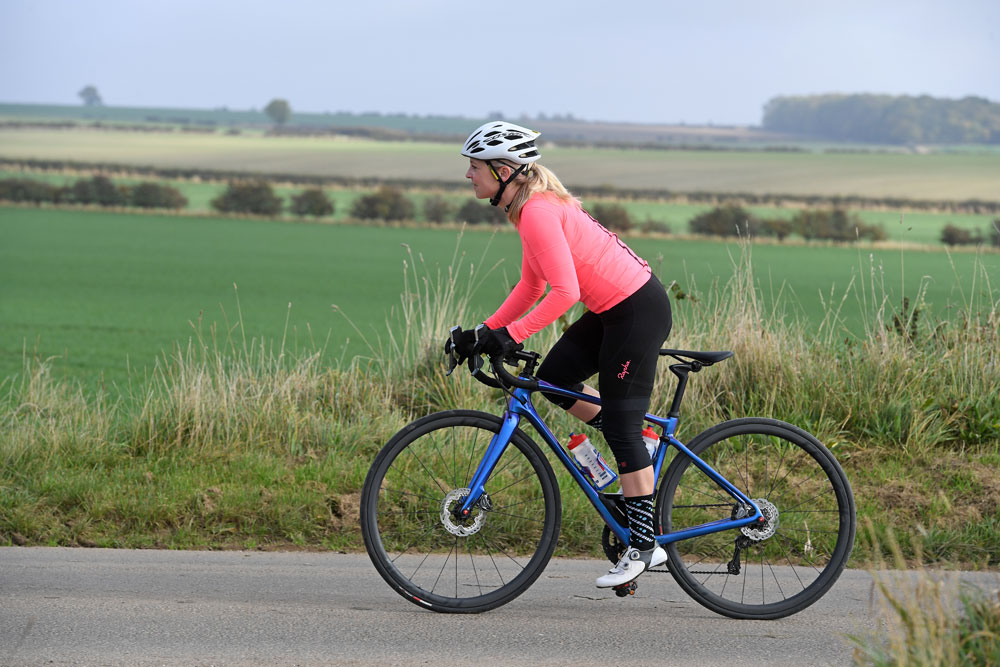Sponsored by ROUVY
Cycling training plan for endurance: 10-week plan to help you go the distance
Looking to tick off some long-distance goals this year? We've got you covered
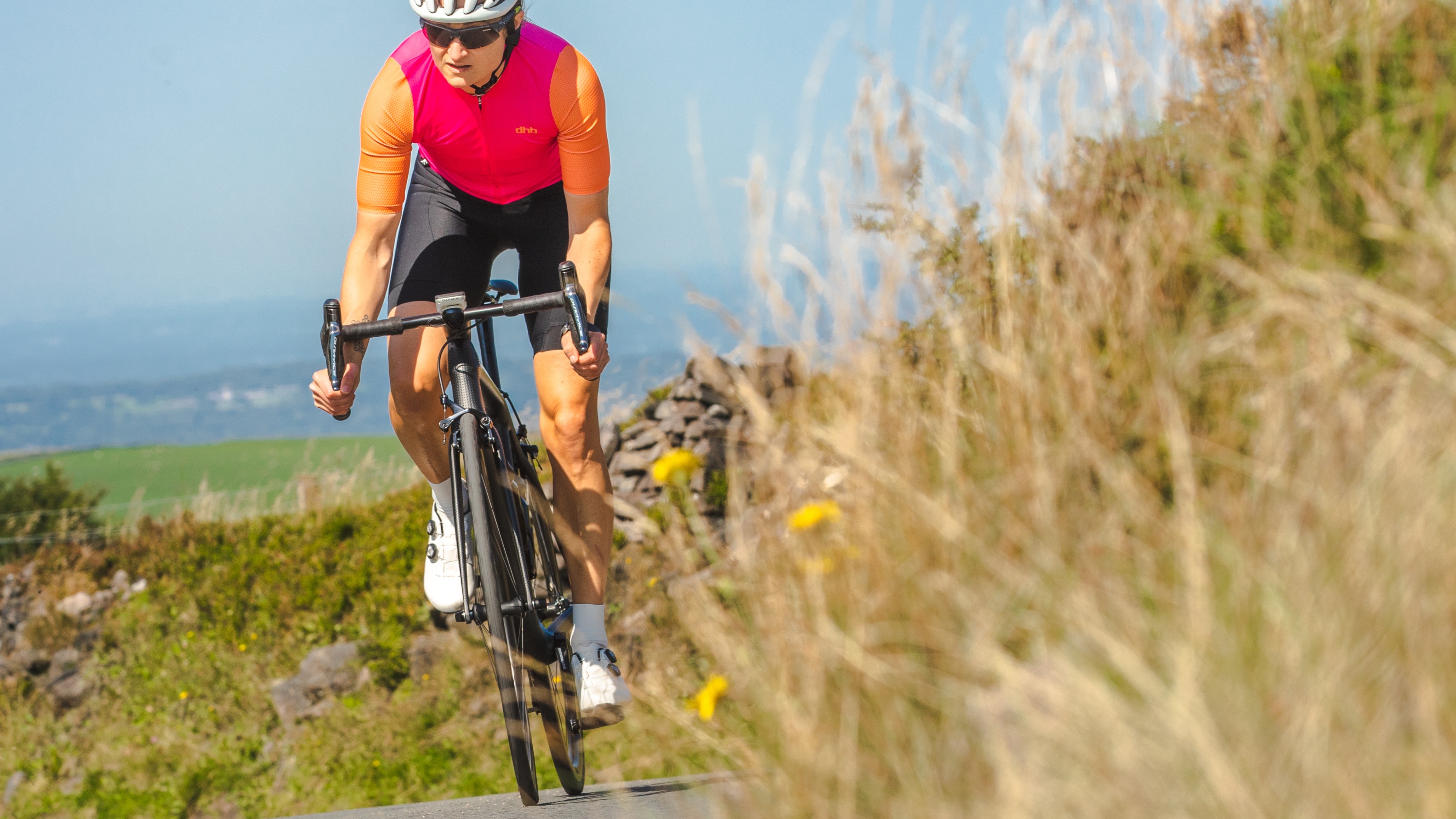
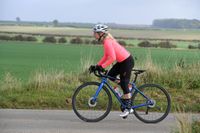
This fitness cycling plan is for riders looking to build up their stamina for a long-distance sportive, bigger weekend rides of five hours or more or multiple days of back-to-back riding.
The 10-week training plan will build your aerobic base, starting with muscular strength and a focus on cycling cadence, which will boost your resistance to fatigue. The second half of the programme uses longer endurance rides at a low-intensity to improve your body's ability to use fat as a power source, and then higher aerobic efforts to improve overall conditioning.
What do I need to get started?
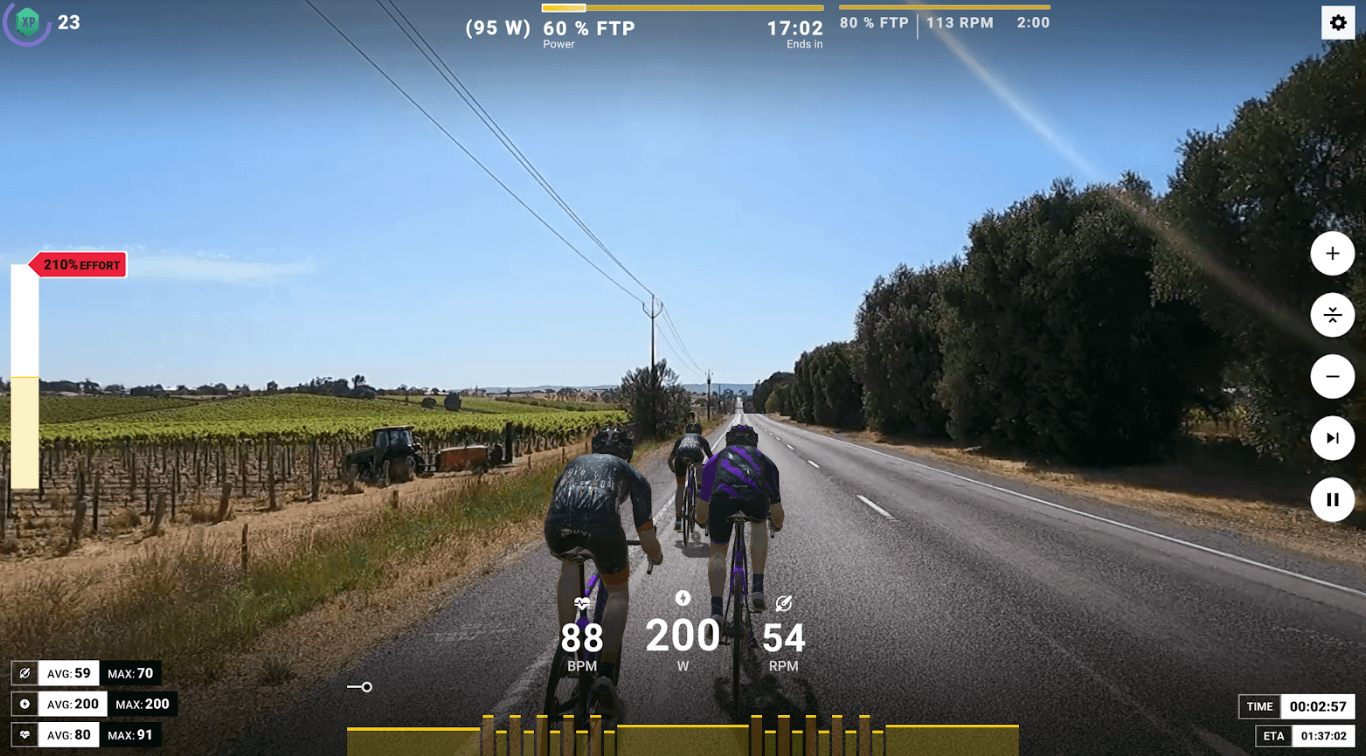
Training indoors is not essential, but it can help
Effective training requires a gradual increase in stimulus, and this needs to be measurable. The training plan offers three options to assess how hard you're working: via power, measured with a power meter, heart rate or RPE - rate of perceived exertion. Whilst using power and/or heart rate takes away any subjectivity, you can complete the plan using RPE at zero cost.
A smart trainer can be very useful. These static trainers measure power, and allow you to ride indoors, away from distractions. Whilst not essential, many cyclists incorporate indoor sessions for the repeatability and consistency that they bring.
I want to access the training plan
Without further ado, here's your 10-week endurance cycling training plan. You can save the PDF somewhere it'll be easy to access, or print it out and stick it to the wall.
You can compete the plans outdoors, or indoors on any platform. If you do want to use ROUVY, which will allow you to train indoors on iconic routes, all new users get a 7-day free trial, and the code CYCLINGWEEKLY1M will provide one month of free usage.
How to get the most from the training plan

Make sure you get good recovery nutrition in
Longer training rides mean that this program requires a commitment of around 8-10 hours per week, this might feel like a step up from your previous training volume but spending more time in the saddle is a key part of developing endurance. While squeezing in long rides in is challenging, it is important to get the benefit of the endurance sessions that as far as possible you do the full distance.
The latest race content, interviews, features, reviews and expert buying guides, direct to your inbox!
Jakub Kadlec, performance coach of UCI team ROUVY Specialized explains “if you shorten every planned session you cannot expect good results. You have to find a life balance - work, family, sport.” Of course, this balance is not always easy to achieve but getting out on your bike can make you feel better! “When you have a bad day at work and you feel tired on the bike, it is important to recognise if it is mental or physiological fatigue. Training sessions can help with mental fatigue. Physical activities in general have a positive effect on mental health.”
Time efficient ways to train might include riding before work or even commuting by bike to ensure that your ride happens early in the day. Another step toward time efficient training is to install a smart trainer at home. Having your bike in place and ready to go makes it easy to squeeze in a ride early in the morning or later after work. Long rides on the indoor trainer don’t have to be boring. Following routes on an app such as ROUVY allows you to explore new locations, even climb iconic mountains or follow a professional race route.
If you are doing your longer rides indoors on a turbo trainer Coach Kadlec stresses the importance of hydration, “when we talk about training on ROUVY, hydration is the key. A heavy sweat loss on the ergometer easily makes you dehydrated. Energy replenishment during indoor training should come from liquids such as isotonic drinks and maybe energy gels.”
If however you have more than 10 hours a week to train it doesn’t necessarily mean you should, unless you can match your training time with recovery, Coach Kadlec says “when you have more time to train but you don't have more time to recover, it isn't a good idea. The plans are designed with a specific goal and a balance of training effort and recovery time. When your goal is to improve performance you can train more but you have to rest more as well.”

Targeted core training can and will pay off
Endurance riding means spending long hours on your bike which can lead to discomfort, particularly in your neck, shoulders and lower back if your body isn’t conditioned to hold your cycling posture. As part of this plan you will also need to make some time for core training on the days when you are not cycling.
Core training plays an important role in cycling endurance as Coach Kadlec explains, “core stabilisation training helps to promote correct breathing in every position” and can also help with your feelings of comfort and fatigue.
During your long rides pay attention to your nutrition so that you have the energy to feel good throughout the session, “In general, during the rides focus on food with good absorption such as flapjacks, rice cakes, oat bars and dried fruits. An important part of fuelling is hydration, some sports drinks contain carbohydrates which will also provide energy.”
Training zones explained
You'll notice that the training plan includes suggested 'zones'. If you're using power, these are calculated from your FTP (established via a 20-minute test, a ramp test, or using ROUVY's protocol if you're a user). If you're opting for heart rate, the zones are based off of your maximum.
If you don't have a heart rate monitor or power meter, then you can use 'RPE' - rate of perceived exertion - which is graded out of 10, where 10 is the hardest you can go.
| Zone | Power | HR | RPE |
| Zone 1 | 55% of FTP | Row 1 - Cell 2 | Row 1 - Cell 3 |
| Zone 2 | 55-75% of FTP | 68-85% | 3-4 |
| Zone 3 | 76-90% FTP | 85-95% | 5-6 |
| Zone 4 | 91-105% FTP | 95-105% | 7 |
| Zone 5 | 106-120% FTP | 105% | 8 |
| Zone 6 | 121-150% FTP | N/A | 9 |
| Zone 7 | 150% FTP+ | N/A | 10 |
You can refer back to our introduction to cycling training plans page for more detail about the terms used throughout.
Cycling Weekly provides these training plans in collaboration with global indoor cycling app ROUVY. ROUVY’s mission is to bring the world of cycling to your home by connecting the indoor and outdoor experience. ROUVY features thousands of exciting iconic routes, race courses and scenic rides so you can explore the world by bike. Using Augmented Reality technology combining real-world video footage with animated 3D objects creates an immersive and interactive riding experience. ROUVY can be connected with your Garmin, Strava or TrainingPeaks account. Challenge yourself and build your fitness by following workouts designed by coaches and professional athletes, or just get on your bike and explore the world! www.rouvy.com
Hannah Reynolds interest in cycling began while studying for a degree in Sports Science at the University College Chichester and surrounded by elite level cyclists. She is now undertaking a PhD at Sheffield Hallam University investigating the use of e-bikes by older people.
A committed dabbler whose passion outweighed her talent Reynolds has competed across all disciplines of cycling bar BMX. In the very distant past she has been south-east road race champion, southern cyclo-cross champion and finished third in the European 24hr Solo mountain-bike champs in 2011. She was also the Fitness Editor of Cycling Weekly for 15 years.
Hannah Reynolds is author of several cycling books, France-en-Velo a guide to the ultimate 1000 mile cycle route from the Channel to Med; Britain's Best Bike Ride. LEJOG1000; A 1000 mile journey from Land's End to John o' Groats and 1001 Cycling Tips.
-
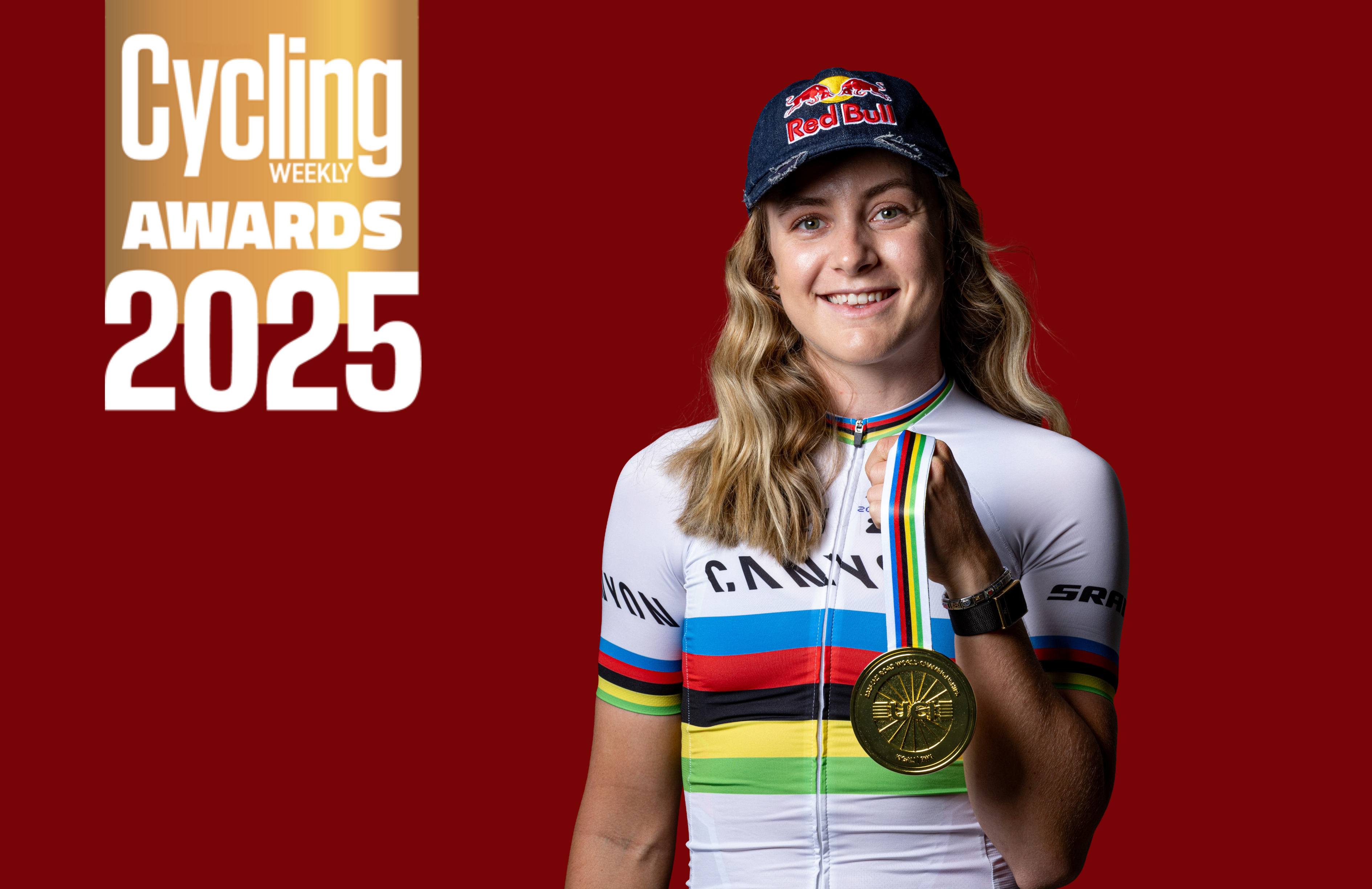 'As long as I’m on a bike, I’m happy' - Zoe Bäckstedt is Cycling Weekly's Rider of the Year
'As long as I’m on a bike, I’m happy' - Zoe Bäckstedt is Cycling Weekly's Rider of the YearAfter another dominant year landed her a ninth rainbow jersey, the 21-year-old tells Meg Elliot about her favourite moments.
-
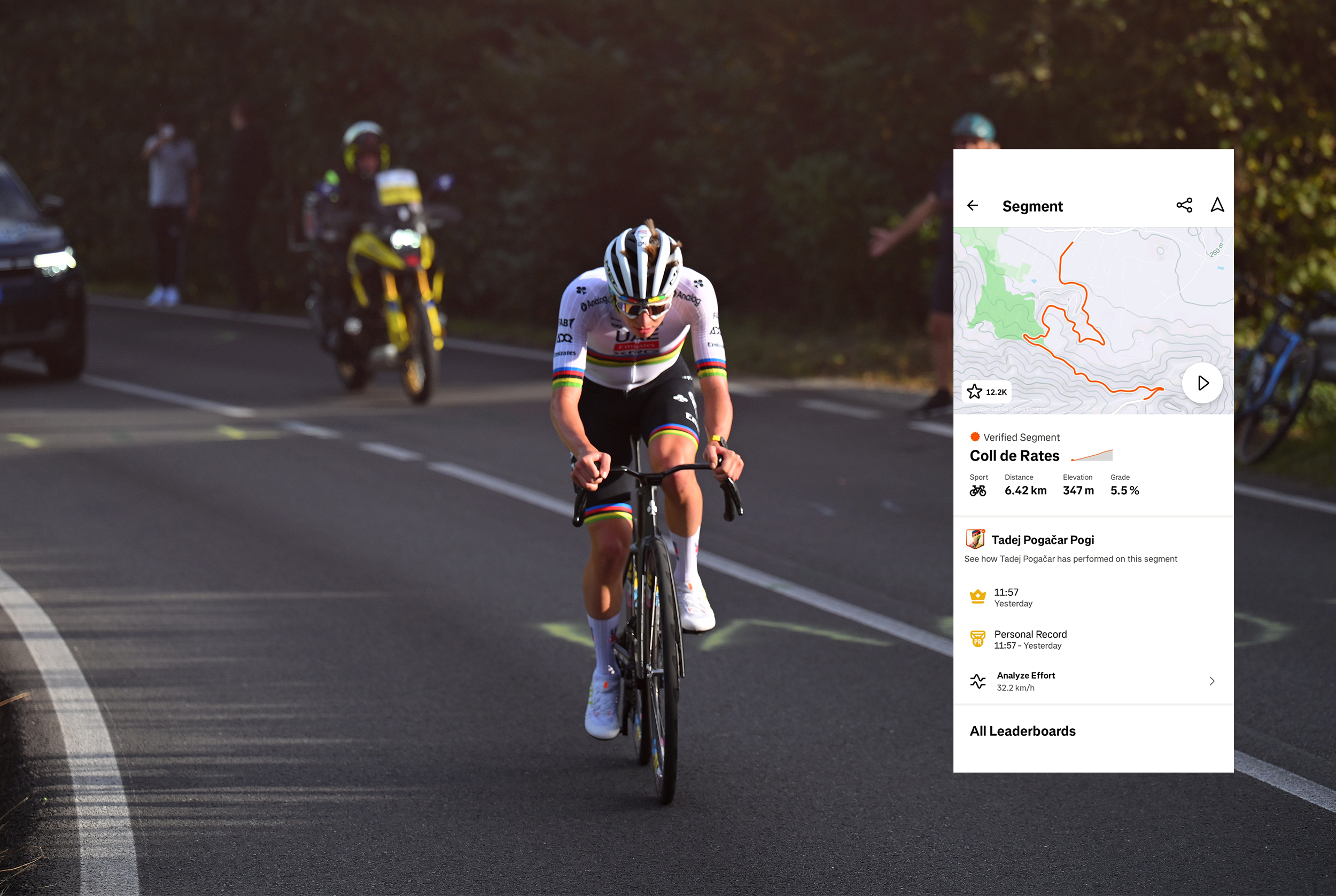 'Merry Christmas' – Tadej Pogačar smashes his own Strava KOM on Coll de Rates
'Merry Christmas' – Tadej Pogačar smashes his own Strava KOM on Coll de RatesWorld champion takes 24 seconds off record he set last year
